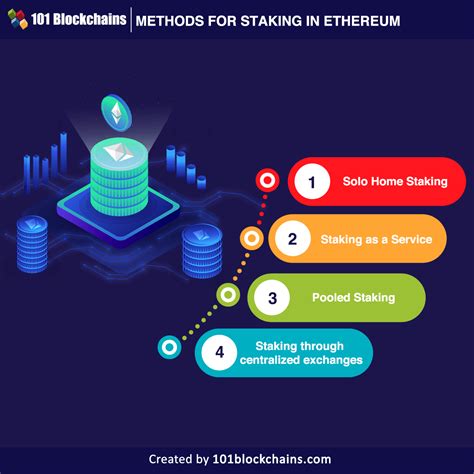Understanding Ethereum Account Addresses and NXT Transactions
As a growing community of cryptocurrency enthusiasts, we are excited to introduce you to the world of blockchain technology and Nxt (N). In this article, we will delve into how Ethereum account addresses are generated and why sending transactions in NXT requires caution.
Generating an Ethereum Account Address
On the Ethereum network, an account address is a unique identifier used to identify a user’s wallet. Each address has a specific length, typically 42 to 54 characters, which includes the domain name (e.g. “example.com”). The first two or three characters are reserved for the network, while the remaining characters are used as the recipient’s Ethereum account.
Here is an example of an Ethereum account address:
0x1234567890abcdef
In this format:
- “0x” means it is a hexadecimal string.
- The letters represent the first three characters, which are reserved for network purposes.
- “1”, “2”, and “3” are used to represent the last nine characters.
Why send transactions in NXT?
When you send a transaction from your NXT account, you are actually sending it to an unknown recipient. This is because the sender’s account address is not publicly displayed on the blockchain. In fact, the entire Ethereum network does not have direct access to a user’s account information. This is a security feature designed to prevent potential fraud and malicious activity.
What happens behind the scenes:
- When you create an NXT wallet, a public address (also known as a “seed phrase” or “mnemonic”) is generated.
- The recipient’s public address is generated based on their seed phrase, which is securely stored in their NXT wallet.
- To send a transaction from your NXT account, you must use the recipient’s public address. However, since this address is not known at the time of sending, you will need to “sign” the transaction with your own private key.
Why can’t you use your public address?
There are several reasons why you can’t simply use your NXT account’s public address:
- Security: By not being directly linked to the user’s Ethereum account information, you protect yourself from potential phishing or identity theft attacks.
- Consensus mechanism: The Ethereum network relies on a consensus (proof-of-work) mechanism to verify transactions. Without direct access to the sender’s account information, the network cannot verify that the transaction is legitimate. By using your public address and signing the transaction with your private key, you ensure that the transaction is valid.
- Private Keys

: Your private key is securely stored in your NXT wallet and is used to sign transactions on behalf of the recipient.
Conclusion
In a nutshell, Ethereum account addresses are generated based on a user’s seed phrase or mnemonic, which is then linked to their public address. To send a transaction from your NXT account, you must “sign” the transaction with your private key, which ensures that the transaction is valid and secure. By understanding how Ethereum account addresses work and why sending transactions in NXT requires caution, you can better navigate the world of cryptocurrency and take advantage of this exciting technology.
As we continue to learn and grow as a community, be sure to stay informed about best practices for responsible use of NXT and other cryptocurrencies.
